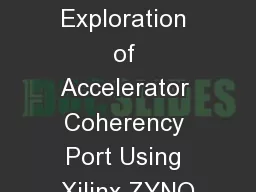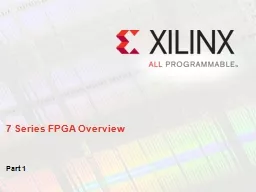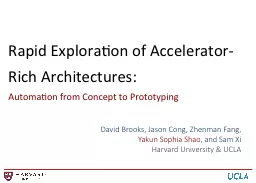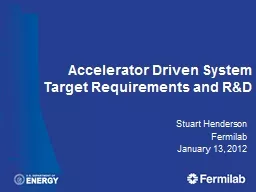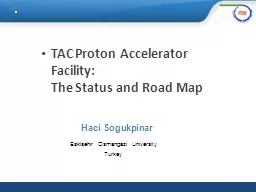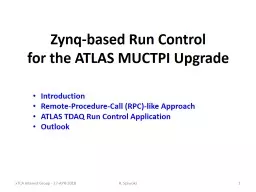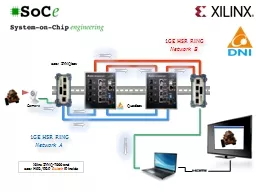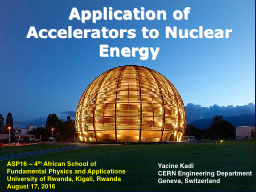PPT-Energy and Performance Exploration of Accelerator Coherency Port Using Xilinx ZYNQ
Author : ellena-manuel | Published Date : 2018-02-15
Mohammadsadegh Sadri Christian Weis Norbert When and Luca Benini Department of Electrical Electronic and Information Engineering DEI University of Bologna Italy
Presentation Embed Code
Download Presentation
Download Presentation The PPT/PDF document "Energy and Performance Exploration of Ac..." is the property of its rightful owner. Permission is granted to download and print the materials on this website for personal, non-commercial use only, and to display it on your personal computer provided you do not modify the materials and that you retain all copyright notices contained in the materials. By downloading content from our website, you accept the terms of this agreement.
Energy and Performance Exploration of Accelerator Coherency Port Using Xilinx ZYNQ: Transcript
Download Rules Of Document
"Energy and Performance Exploration of Accelerator Coherency Port Using Xilinx ZYNQ"The content belongs to its owner. You may download and print it for personal use, without modification, and keep all copyright notices. By downloading, you agree to these terms.
Related Documents

